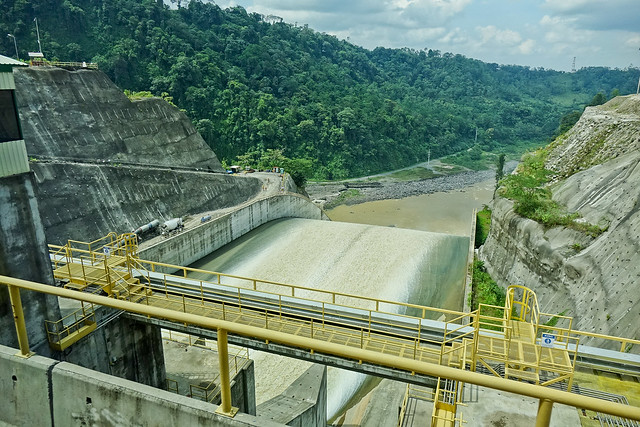Costa Rica has in many ways been a development success story. An OECD member country since 2021, it enjoys a long tradition of democratic stability and commitment to institutionality, while earning a reputation for being at the forefront of green development, being the first tropical country in the world to have reversed deforestation. The country has achieved all this while also moving to strengthen its macroeconomic fundamentals, with growth averaging 3.4 percent over the last decade, reaching 5.1 percent in 2023 and 4.3 percent in 2024, surpassing expectations. This growth is anchored by an outward-oriented model that has successfully targeted foreign investment and promoted trade liberalization. In the last three years, the domestic economy has also strengthened, supported by greater private consumption and investment, which helped mitigate the impacts of fluctuations in the global economy.
Despite these favorable economic conditions, the development model is facing significant challenges. Inequality is high. With a GINI coefficient of 49.2 in 2024, Costa Rica is among the most unequal OECD countries in terms of income distribution. Moreover, although the poverty reduction process was slow between 2010 and 2022, the pace picked up significantly between 2023 and 2024, and the rate fell by 4.1 percentage points. According to the National Institute of Statistics and Censuses (INEC), poverty levels declined to 20.3 percent of the population in 2024, following the COVID-19 pandemic.
The pandemic also highlighted the challenges in maintaining a robust and sustainable social compact, which threatened to undermine social mobility and citizens�� trust in institutions. Despite continued investments in education for instance, deficits in learning outcomes persist. According to Report No. 6 (2023) from the Education Observatory at Universidad Americana, in the 2022 OECD PISA test, Costa Rican students scored 415 points in reading, a decline of 11 percent from 2018 and below the OECD average of 476.
Fiscal difficulties also arose between 2008 and 2018, as a result of the increase in expenditure without corresponding revenues. A 2018 reform sought to stabilize the fiscal situation, but the pandemic and fluctuating commodity prices delayed adjustments. Public debt in Costa Rica increased from 56 percent of GDP in 2019 to 68 percent of GDP in 2021, while in 2024, the country closed the year with a public debt-to-GDP ratio below 60 percent, marking a historic milestone and surpassing the debt reduction target.
Rising revenues, expenditure control, and post-pandemic growth have enabled the country to post primary surpluses since 2022. In addition, fiscal consolidation has boosted confidence, leading to upgrades in sovereign credit ratings by major credit rating agencies.
Despite commendable efforts to combat deforestation, the country��s emissions have increased rapidly in the last two decades and could continue to grow in the absence of emission reduction reforms. Costa Rica also remains vulnerable to the effects of climate change, with 78 percent of the population considered at high risk.
These challenges are taking place in a context of broader global considerations, including a recent increase in migration levels and changes in the international trade context. The country is also facing perceptions of higher crime levels tied to drug trafficking. They nevertheless present an opportunity for Costa Rica to consolidate and preserve some exemplary gains, while addressing the underlying threats to its development model.
It will be crucial for Costa Rica to undertake measures to promote inclusive growth while continuing its efforts to consolidate an effective fiscal management strategy. The country needs to put in place the conditions for growth to be broad-based, and to fully reach its workforce and territory. Improving revenue mobilization and spending efficiency, especially in the infrastructure and social sectors, will be essential to tackling poverty and inequality, while strengthening climate resilience, reducing emissions, and consolidating the sustainability of its model.
Last Updated: Apr 17, 2025


